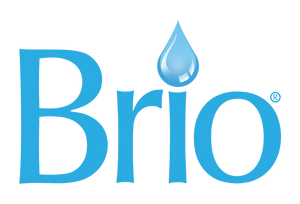Identify your specific water problems. If you’re concerned about lead, chlorine, or PFAS, be sure the system you choose can reduce these contaminants. Brio tankless RO systems, for example, offer advanced multi-stage filtration that covers many water quality issues.
Next, consider the number of people in your household. How much filtered water do you need for drinking, cooking, or making coffee and tea? For most households, this adds up to a few gallons per person per day.
Now, think about this: tankless systems are great for saving space under the sink. Traditional RO systems with tanks may be better suited to homes with high water use or limited water pressure. How important is space-saving to you?
Also, be sure to examine features like filter life, maintenance, and any options that are important to you. Finally, consider installation. Some systems are DIY-friendly, while others may require professional help.
Choosing the right RO system means balancing performance with convenience and the specific needs of your home.

























